Your Cart is Empty
Call, Text or Chat Mon-Friday 10AM-5PM CST : 1-844-WILDOAK
Menu
-
- Deals & Promos
- Homesteading
- Living Off The Grid
- Off Grid Toilet
- Composting Toilets
- Incinerating Toilet
- Chicken Coops
- Greenhouses
- DIY Shed Kits
- Barndominium Kit
- Garage Kits
- Poultry Processing
- Dog Kennels
- BeeKeeping
- EMP & Signal Protection
- Emergency Food Kits
- Freeze Dryers
- Solar Generators, Panels and Batteries
- Solar Fridge & Freezers
- Propane Wall Heater
- Water Filtration
- Coolers and Cooking
- Gazebos
- Portable Sauna
- Camping Cot
- Hunting Blind
- Canvas Tents
- Prepping
- Overlanding Gear
- Composting Toilets
- Solar Generators
- Brands
- Chicken Coop Brands
- Composting Toilet Brands
- Solar Brands
- Food Storage Brands
- Freeze Dryer Brands
- Water Filtration Brands
- Incinerating Toilet
- Dry Flush Toilet Brands
- Waterless Toilet Brands
- Heater Brands
- EMP Shield Brands
- Tent Brands
- Cot Brands
- Cooler Brands
- Stove & Grill Brands
- Dog Kennels
- Greenhouse & Gazebo Brands
- Portable Saunas
- DIY Shed Kits
- About Us
- Resource Center
- The Ultimate Prepper & Emergency Survival Blog - Includes Free eBook
- Beginners Guide to Living off The Grid - Includes Free eBook
- Building Your Own Emergency Food Supply
- Best Survival Food to Be Prepared for Anything
- Berkey Lab Tests & Certifications
- Federal Solar Tax Credit - What You Need to Know
- BLOG
-
- 1-844-945-3625
- Login

Call, Text or Chat Mon-Friday 10AM-5PM CST : 1-844-WILDOAK
Martin Heater Problems and How to Solve Them
by Patricia Turla 8 min read
1 CommentEven the most dependable heaters, like those from Martin, can sometimes face operational hiccups. A pilot light that won’t stay lit, a heater that fails to warm your room adequately, or issues with the gas valve can all disrupt your comfort. Understanding how to troubleshoot these Martin Propane Heater problems is necessary for maintaining a cozy home.
Key Takeaways
Ignition Issues
Failure to ignite or stay lit can often be resolved by ensuring the gas supply is on, cleaning the pilot tube, or replacing a faulty thermocouple.
Gas Valve Issues
Malfunctioning gas valves may prevent the heater from igniting, cause a yellow flame, emit strange noises, or produce gas odors, requiring inspection and cleaning of obstructions, the pilot tube, and the thermostat.
Thermostat Malfunctions
Thermostat malfunctions can stem from calibration problems, faulty wiring, or a failing thermostat, affecting the heater's responsiveness and requiring wiring inspection and testing or replacing the thermostat.
Airflow and Ventilation Issues
Inadequate airflow or ventilation can lead to reduced heat output, frequent shutdowns, and soot buildup, necessitating regular vent cleaning and ensuring proper room ventilation.
No Heat Production
Insufficient heat production may be due to dirty heating elements, jammed vents, knob issues, or a faulty flame sensor requiring cleaning, adjustments, or professional inspection.
Safety Considerations
Maintaining safety involves regular appliance checks, educating household members about gas and CO risks, detecting gas leaks, and following proper protocols during troubleshooting and repairs.
Table of Contents
- Ignition Issues
- Gas Valve Issues
- Thermostat Malfunctions
- Airflow and Ventilation Issues
- No Heat Production
- Safety Considerations
- FAQs
- Conclusion
Martin Gas Wall Heater Troubleshooting Guide for Common Issues
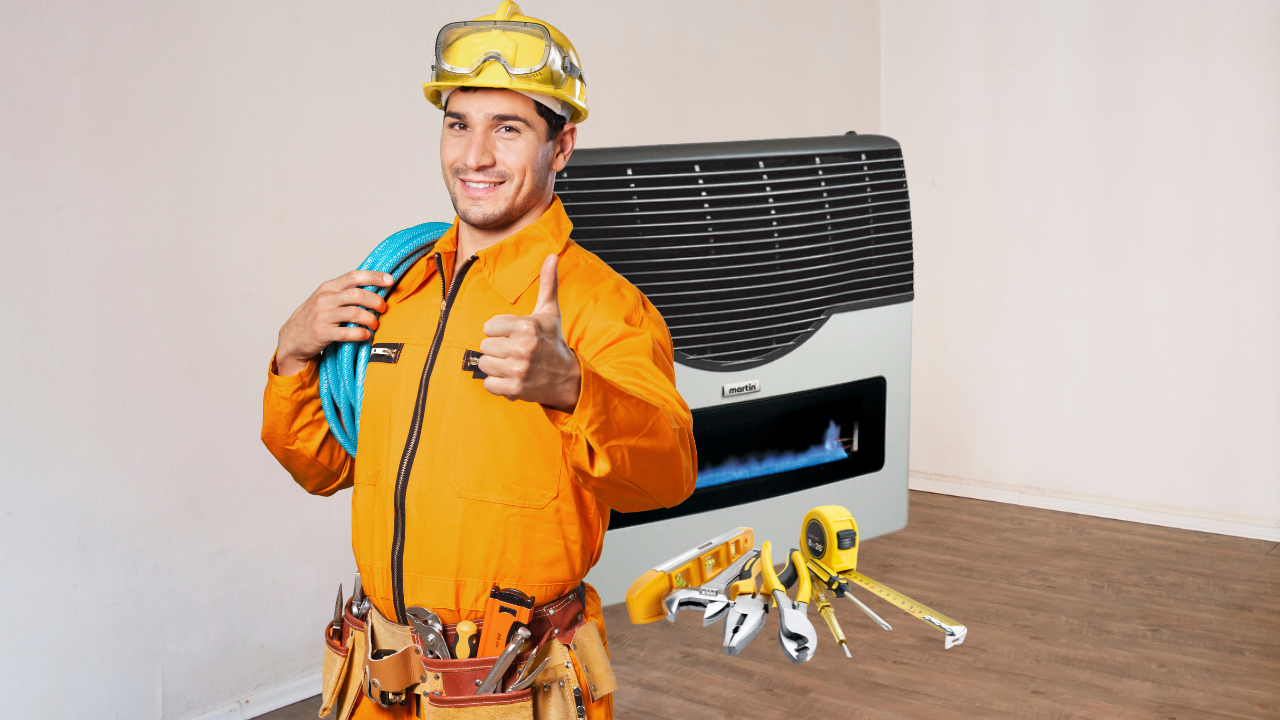
The following are the common issues with gas wall heaters and the solutions to get your heater back in top shape.
Ignition Issues
If your gas wall heater is not igniting, it may be due to several reasons. Below are steps to troubleshoot:
- Inspect the Gas Line: Ensure the gas line is not blocked and that the gas is flowing properly.
- Check the Control Knob: Make sure the control knob is in the correct position for ignition.
- Spark Igniter: If your unit has a spark igniter, press it and observe if there is a spark. If there is no spark, the igniter might need replacement.
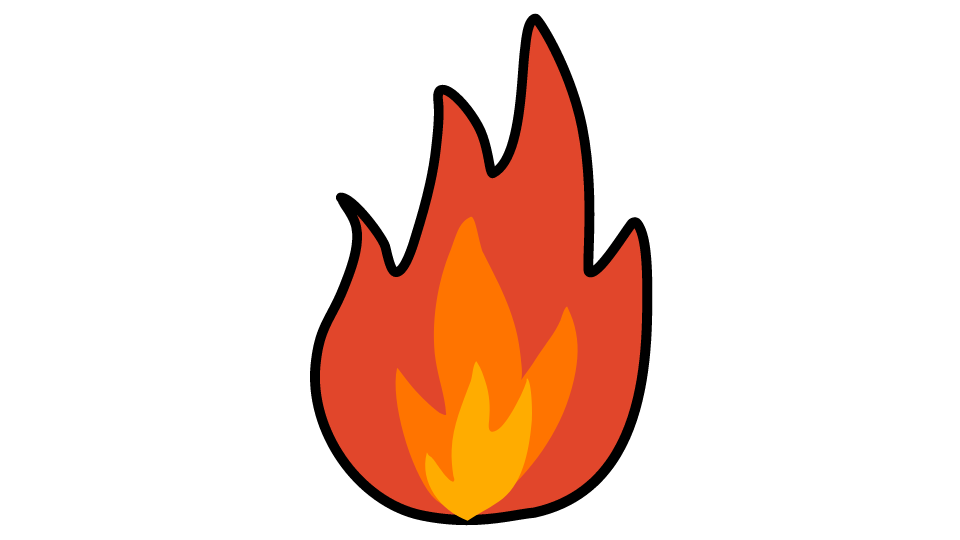
Gas Valve Issues
A gas valve works in tandem with other components, such as the thermostat, flame sensor, and pilot tube, to ensure your heater operates safely.
Symptoms of Malfunctioning Gas Valves
Several symptoms can indicate valve issues:

Heater Fails to Ignite
Defective gas valves may prevent the heater from igniting, leaving the room cold.
Yellow Flame
Properly functioning valves ensure a blue flame, while a yellow flame indicates incomplete combustion.
Strange Noises
Clicking or hissing noises from the valve area suggest potential malfunctions.
Gas Odor
A gas leak near the valve area is a serious issue that requires immediate attention.
Troubleshooting Gas Valve Problems
When facing gas valve issues, a systematic troubleshooting approach is essential:
-
Check for Obstructions: Ensure no debris blocks the valve or burner. Use a vacuum cleaner to clean around the area.
-
Inspect the Pilot Tube: Ensure the tube is clear and free from obstructions.
-
Test the Thermostat: Verify the thermostat is set correctly and functioning. Sometimes, issues may stem from a faulty thermostat rather than the gas valve.
-
Examine the Control Knob: Make sure the control knob is in the correct position and functioning properly.
Thermostat Malfunctions
Thermostat malfunctions in wall heaters can arise from various issues, including calibration problems, faulty wiring, or the thermostat itself failing. If your heater is not responding to thermostat settings, you might need to troubleshoot these areas to restore comfort to your home.
Heater Not Responding to Thermostat Settings
If your gas wall heater is not responding to thermostat settings, consider the following steps:
- Check Power Supply: Ensure the heater is receiving power. Check the circuit breaker and reset it if necessary. If your heater has a blown fuse, replace it with one of the correct ratings.
- Inspect Thermostat Wiring: Loose or damaged wiring can prevent the thermostat from communicating with the heater. Turn off the power, remove the thermostat cover, and inspect the wires for any signs of wear or looseness.
- Test the Thermostat: Using a multimeter, test the thermostat for continuity. If the device is not working properly, it may need replacement.
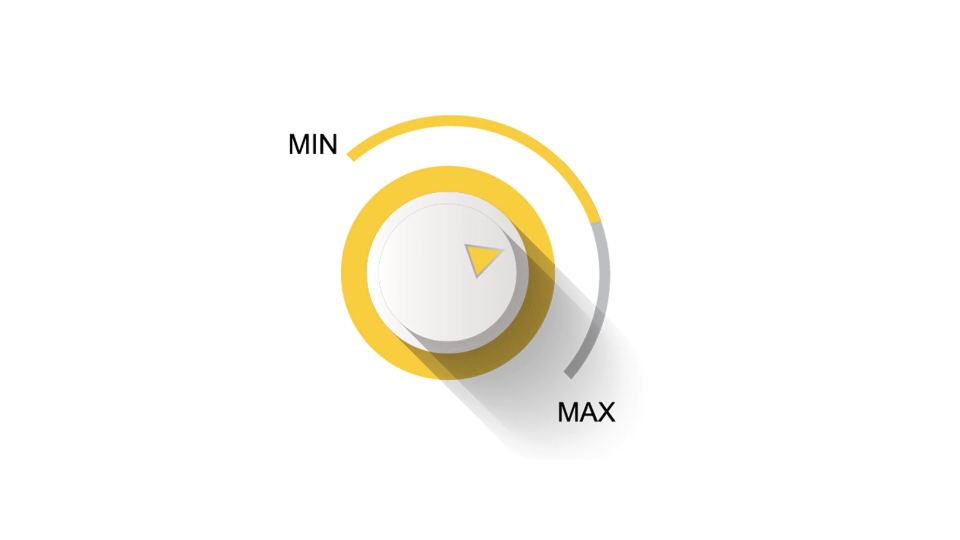
How to Replace a Faulty Thermostat
Follow these steps to replace a faulty thermostat:
-
Turn Off Power: Ensure the heater is disconnected from the power supply to prevent electric shock.
-
Remove the Old Thermostat: Take off the thermostat cover, disconnect the wires, and remove the mounting screws.
-
Install the New Thermostat: Connect the wires to the new thermostat, secure it with mounting screws, and replace the cover.
-
Test the New Thermostat: Restore power and test the new thermostat to ensure it’s working correctly.
Checking Thermostat Wiring
Wiring issues are common in wall heater thermostat malfunctions. Follow these steps to check and fix the thermostat wiring:

Turn Off Power
Safety first—always disconnect the power before working on wiring.
Inspect Wires
Look for loose connections, frayed wires, or any visible damage.
Tighten Connections
Ensure all connections are tight and secure.
Replace Damaged Wires
If you find any damaged wires, replace them with new ones of the same gauge.
Airflow and Ventilation Issues
Key symptoms of inadequate airflow or ventilation in gas wall heaters to watch for include:
-
Reduced Heat Output: When a wall heater is not producing enough heat, poor airflow may be the culprit. This can be due to blocked vents or dirty filters.
-
Frequent Shutdowns: If the heater turns off unexpectedly, it could indicate a problem with the airflow. Obstructed or dirty vents might cause the heater to overheat and shut down as a safety measure.
-
Soot Buildup: Accumulation of soot around the heater suggests incomplete combustion, often due to insufficient airflow.
Cleaning and Maintaining Vents
Regular maintenance of vents is essential for preventing airflow problems. To keep them clean:
- Always start by turning off the heater and allowing it to cool completely.
- Use a vacuum with a brush attachment to remove dust and debris from the vents.
- For stubborn dirt, employ compressed air to blow out the particles lodged in the vent slats.
- Check the heater’s filter and clean or replace it if it is dirty.
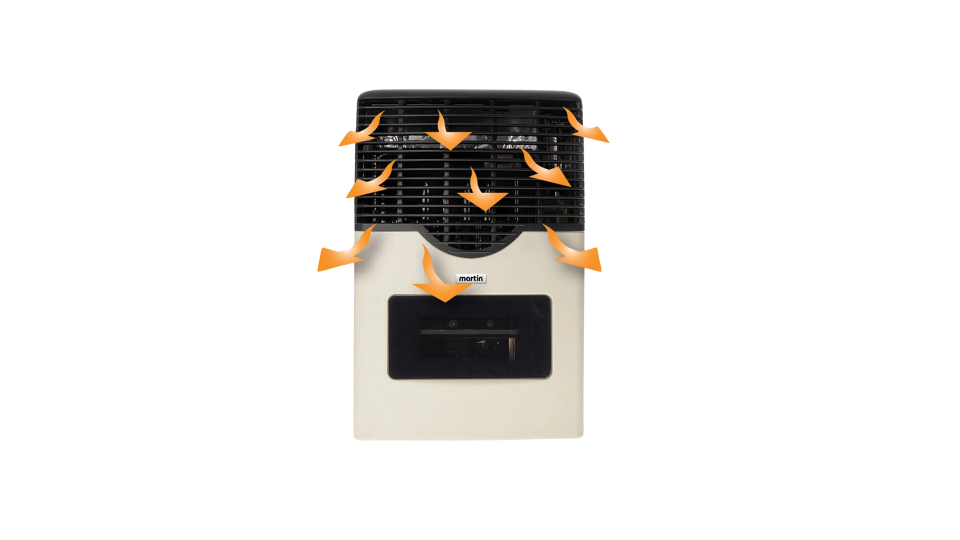
Ensuring Adequate Room Ventilation
Proper room ventilation is vital for the safe operation of gas wall heaters. Follow these tips to ensure adequate airflow:
-
Open Windows Slightly: Particularly in tightly sealed rooms, open a window slightly to allow fresh air circulation.
-
Use Exhaust Fans: In bathrooms or kitchens, run exhaust fans to improve overall air exchange.
-
Avoid Cramped Spaces: Place the heater in a well-ventilated area, away from tight corners or enclosed spaces.
No Heat Production
There are times when your gas wall heater might not produce enough heat, leaving your space uncomfortably cold. Several factors can lead to insufficient heat production, such as:
-
Dirty Heating Elements
-
Jammed Vent
-
Knob Issues
-
Faulty Flame Sensor
Adjusting the Gas Pressure
Proper pressure is essential for your gas wall heater to function. If the pressure is too low, the heater will not produce enough heat.
On the other hand, if the pressure is too high, it can damage the heating element and other components. To adjust the gas pressure:

Always start by turning off the heater.
Find the gas valve on your heater.
A qualified technician will use a manometer to measure the gas pressure.
Follow the manufacturer’s instructions to adjust the valve accordingly.
Ensuring the Correct Heater Size for the Room
A heater that is too small for the space will struggle to maintain a comfortable temperature, while a heater that is too large can lead to inefficient operation and higher energy costs. To determine the correct heater size:
-
Calculate the required heating capacity based on the room’s size.
-
Account for ceiling height, insulation, and the presence of large windows or doors.
-
Use the provided guidelines to choose the right heater size.
Safety Considerations
Home safety starts with being proactive. Have emergency contact numbers readily available, such as for your gas company and emergency services.
Regularly check and maintain gas appliances, including stoves, heaters, and water heaters. Educate all household members about gas leaks and CO risks to ensure everyone knows what to do in an emergency.
Gas Leakage Detection and Prevention
Gas leaks are dangerous but can be detected early. The rotten egg smell added to natural gas helps detect leaks. Look for dead vegetation around gas lines and listen for hissing sounds.
Regular maintenance and inspection of gas appliances and lines prevent leaks. Ensure connections are tight and free from corrosion. Installing a gas detector adds extra safety.
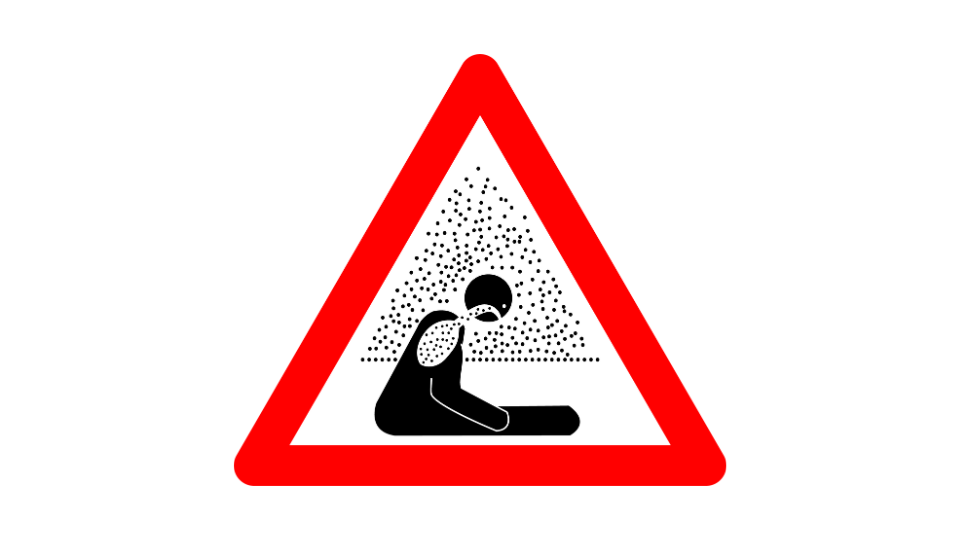
Carbon Monoxide Risks and Detector Installation
Carbon monoxide is a colorless, odorless gas that can be deadly. Symptoms of CO poisoning include headache, dizziness, and nausea. Installing CO detectors in your home, especially near sleeping areas, is essential.
Place detectors at least five feet above the ground, test them regularly and replace batteries annually. Replace detectors every 5 to 7 years.
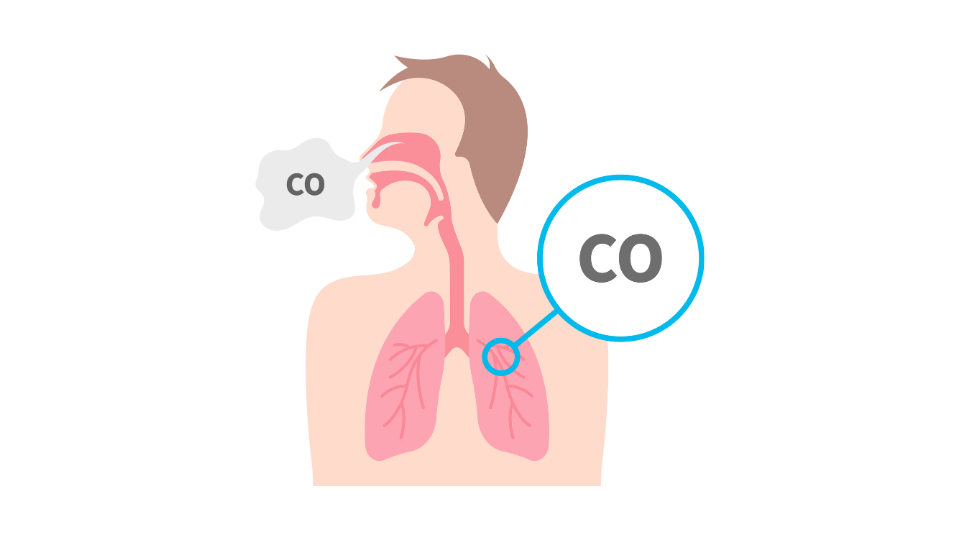
Safety Protocols During Troubleshooting and Repairs
If you suspect a gas leak, evacuate immediately and avoid using electrical appliances. Call your gas company and emergency services from a safe distance. For CO issues, move to fresh air if a detector alarms and call emergency services.
During repairs, ensure good ventilation and avoid open flames. If unqualified, do not attempt to repair gas lines or appliances yourself; hire a licensed professional. Proper training, protective equipment, and using appropriate tools are essential for those performing these tasks.
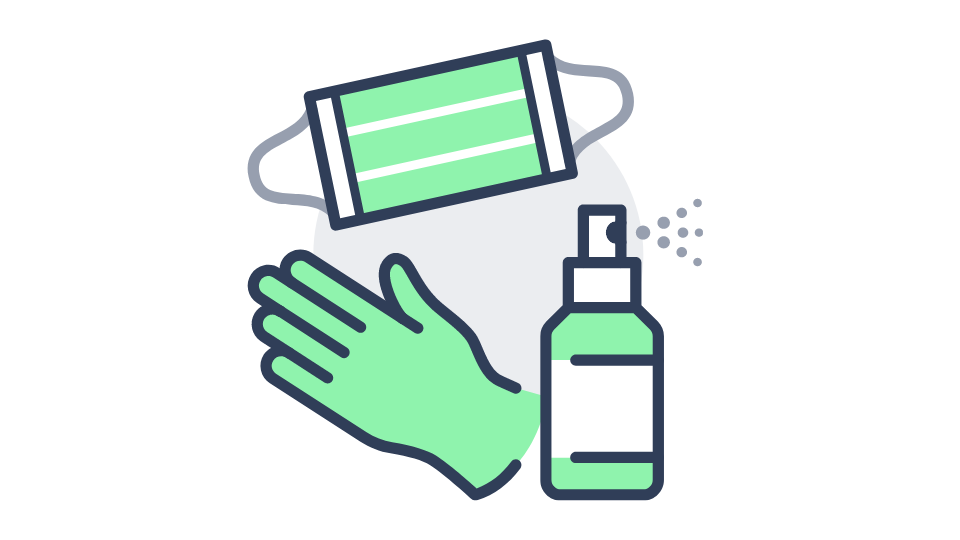
FAQs
Do Martin heaters have a thermocouple?
No, Martin heaters do not use a thermocouple. They employ a different safety mechanism to ensure proper operation.
What is a thermocouple, and what does it do?
Although Martin heaters do not have a thermocouple, a thermocouple is a safety device in other types of heaters that senses whether the pilot light is lit. If the pilot light is out, the thermocouple shuts off the gas valve to prevent gas from flowing to the burner.
How can I troubleshoot issues if my Martin heater won’t stay lit?
If your Martin heater won’t stay lit, check for potential issues such as blocked air vents, fuel problems, or electrical connections. Refer to the manufacturer’s manual for specific troubleshooting steps.
Is it safe to troubleshoot my Martin heater myself, or should I call a professional?
Basic troubleshooting can be done by yourself if you follow the steps carefully. However, for complex issues or if you are unsure, it’s best to call a professional.
How do I maintain my Martin heater to ensure it works efficiently?
Regular maintenance includes cleaning air vents, checking the fuel supply, and securing all electrical connections. It’s advisable to perform a thorough check at least once a year before the heating season.
What could cause my heater to shut off unexpectedly?
Potential causes include blocked air vents, fuel supply interruptions, or electrical faults. Ensure that all parts function correctly and there are no obstructions or leaks.
Conclusion
Choosing a Martin direct vent heater for your off-grid living can provide you with efficient and reliable heating. By understanding common problems and knowing how to troubleshoot them, you can keep your wall heater in excellent condition.
Always prioritize safety, follow the manufacturer’s guide, and consult a qualified technician when necessary. With proper care, your Martin heater can provide warmth and comfort for years to come.

Have any questions or would like to place an order? We'd love to help! Chat with our friendly customer service team by calling 1-844-945-3625, chatting in on our website or email us at customersupport@wildoaktrail.com. We look forward to hearing from you!
1 Response
Leave a comment
Comments will be approved before showing up.

ben
October 20, 2025
just bought and installed set on low pilot will stay lit for a while 4-8 hrs and then go out what is the deal